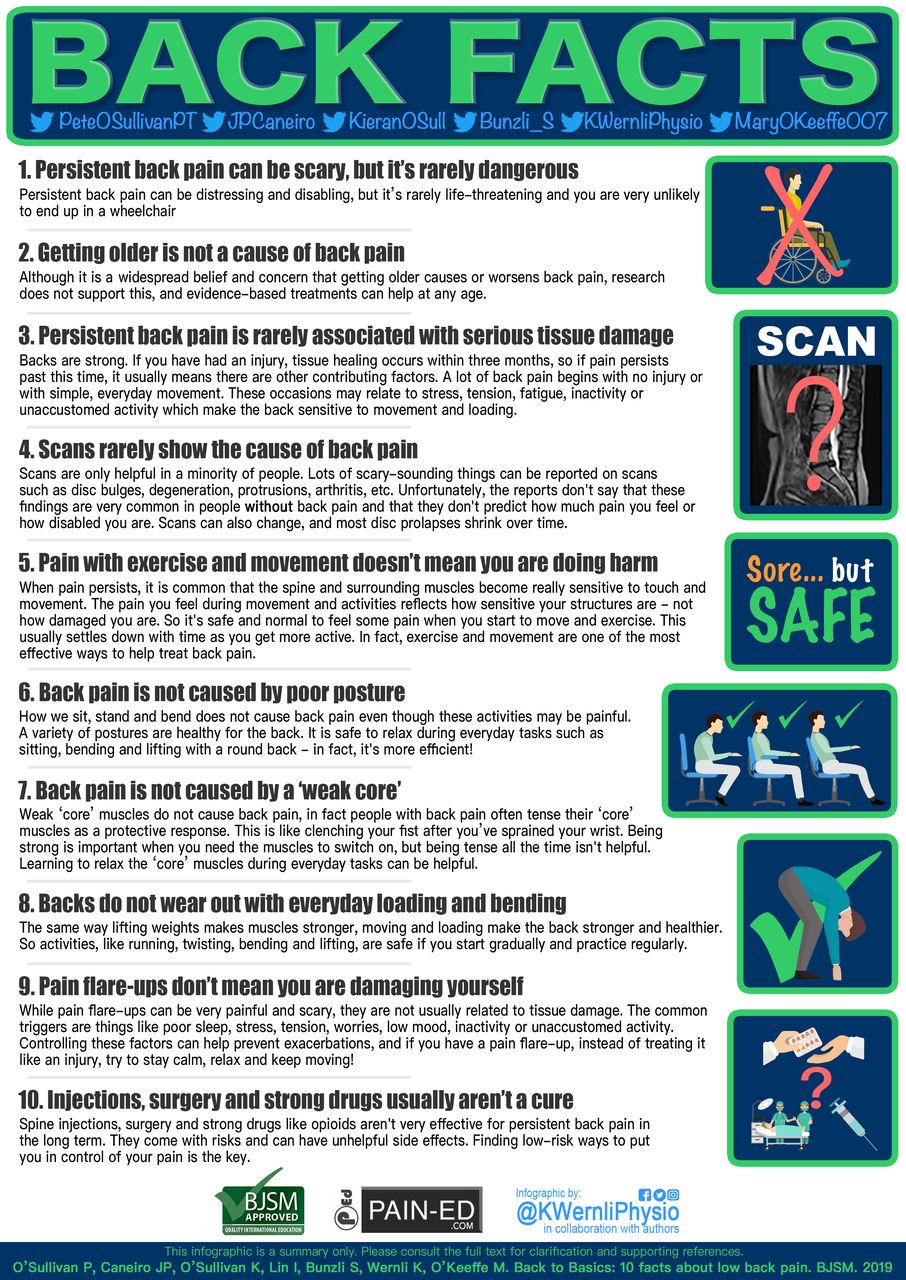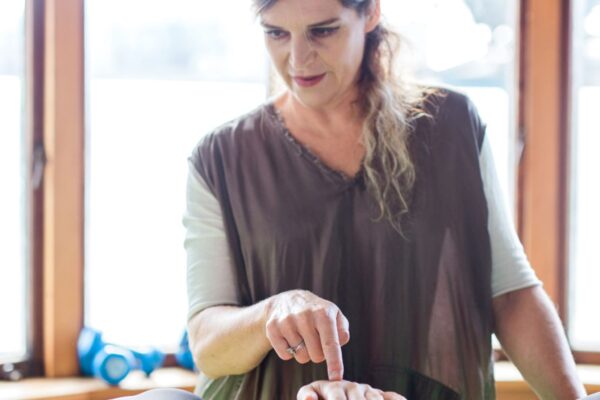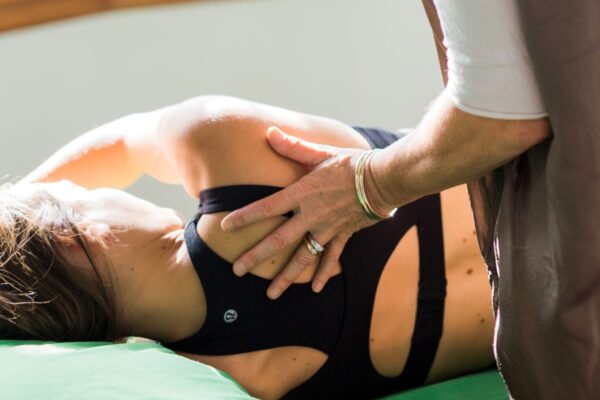
Gender Differences In Response To Cold Stress
This study examined gender differences in physiological, neuroendocrine and immune responses to acute cold stress. Thirty-two participants (18 men & 14 women) were immersed up to the chest in 14°C water until their rectal temperature dropped to 35.5°C or for a maximum of 170 minutes.
Key Findings:
- Cooling Rate & Body Temperature: Rectal temperature, muscle, & mean skin temperatures all significantly decreased during cold stress, but there were no differences in cooling rate or temperature drop between women & men.
- Heat Conservation Strategies:
- Women had a greater insulative response, suggesting better heat conservation through reduced heat loss.
- Men showed greater metabolic heat production shivering thermogenesis, indicating a more active heat-generation strategy.
- Stress & Immune Responses: While overall cold strain levels were similar between sexes, men showed greater neuroendocrine (epinephrine) & immune (TNF-α) responses.
So: Women & men respond differently to cold: women rely more on insulation & men rely more on metabolic heat production. That said, the actual cooling experienced was the same, despite different strategies. Interestingly, men had a stronger immune & stress hormone response, contradicting the initial hypothesis that women might have been more reactive here.
Understanding these differences helps us tailor recovery & rehabilitation strategies more effectively—whether it’s managing circulation, cold sensitivity, or recovery after injury.
This 2014 study aimed to compare how females & males respond to intermittent cold stress in terms of body temperature, cognitive function & motor performance. Participants were exposed to cold until their core temperature dropped to 35.5 °C or for a maximum of 170 minutes. Both sexes experienced similar drops in body temperature, with no significant differences in cooling rate or cold strain.
However, males showed a greater decline in muscle strength (maximal voluntary contraction) & experienced more cognitive disruption in tasks involving attention & memory.
These findings suggest that although thermal responses were alike, there are some sex-specific differences in how the body & brain react to cold stress.
Dr. Stacy Sims (world renowned, Aotearoa based) Exercise Physiologist & Nutrition Scientist, advises women should avoid extremely cold temperatures, such as those found in traditional ice baths, because they can cause severe vasoconstriction & shutdown. She recommends a temperature of around 16°C (55-56°F) to still receive benefits like dopamine release, without the risks associated with extreme cold exposure. Here is her link on this: Should women do ice bath after exercise?
In fact she suggests women generally respond better to heat therapies, such as using saunas, which provide beneficial metabolic & physiological changes compared to extreme cold exposure. Additionally, she notes that cold water plunges around ovulation, when endometrial growth typically occurs, can reduce the total inflammatory response, limiting the growth of endometrial tissue outside the uterus. Her link on this: Cold water to reduce inflammation
For a more in-depth discussion on this topic, you can watch Dr. Sims’ video on women & cold water immersion for faster recovery: https://www.youtube.com/watch?v=6eUvKZpwZxk&utm









